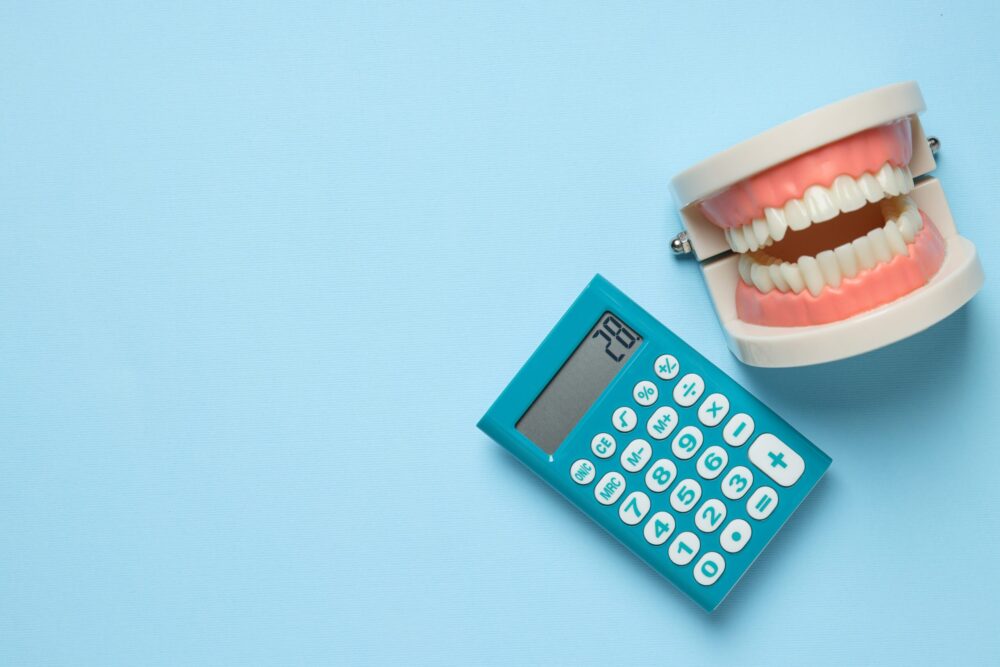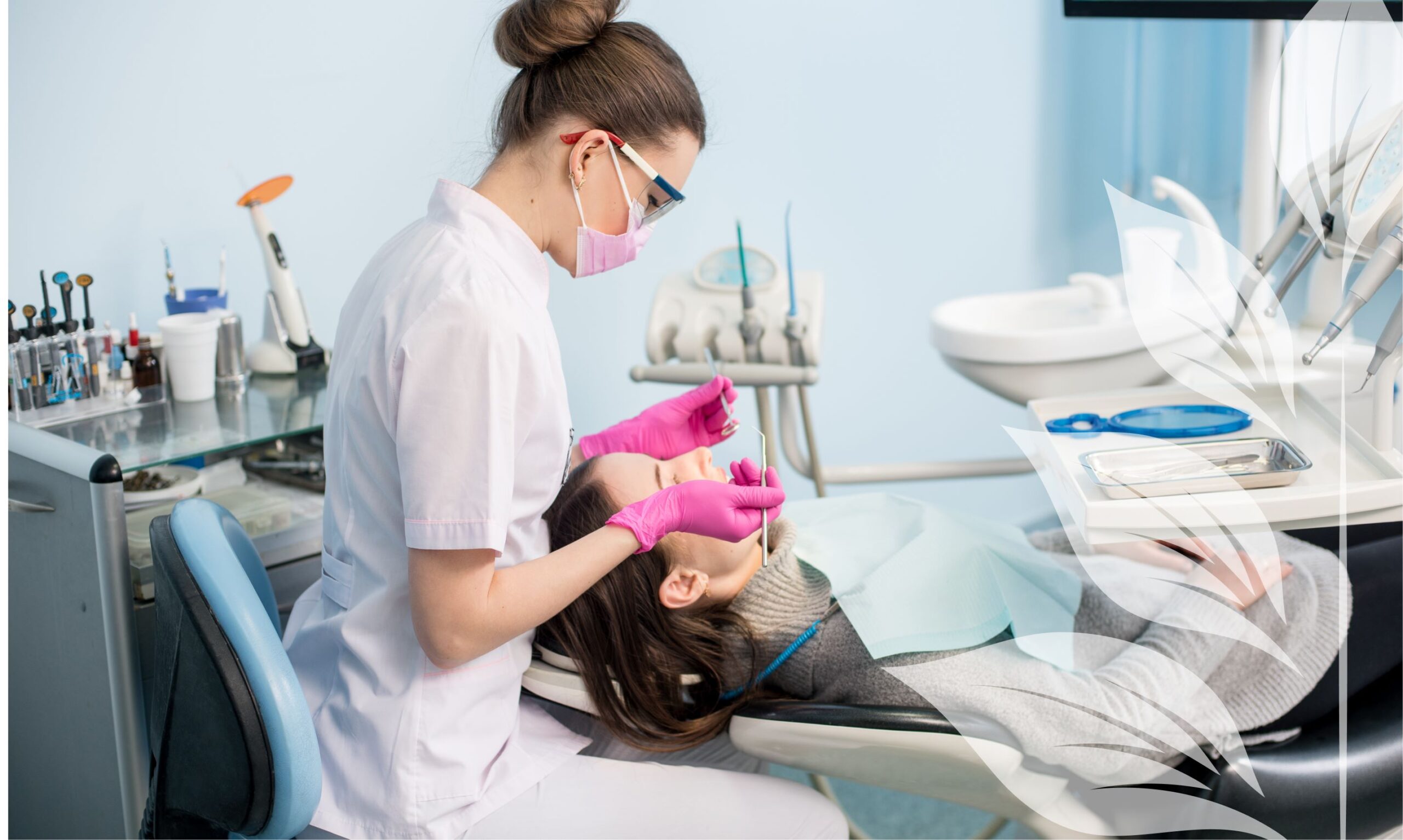Little things can make the difference in your oral health hygiene routine.
Twice daily brushing and flossing are very important in your daily dental care routine. But there are little, everyday things you could be doing that are affecting your oral hygiene routine. The team at Allred Family Dentistry is passing along these few tips to make sure you are avoiding those little mistakes.
Don’t brush your teeth immediately after eating.
You might think that the best thing for your teeth is to brush them right after you eat, but that isn’t the case. Dentists recommend you wait at least 30 to 60 minutes after eating before you brush your teeth. The acids and sugars in the foods you consume temporarily weaken the enamel on your teeth. If you brush your teeth immediately after eating something sweet or acidic, you are risking brushing away the enamel of your teeth, especially if you brush your teeth vigorously.
Brushing immediately after eating something can throw the pH off in your mouth, too. The saliva your mouth produces is made to help balance and neutralize acids, but if you brush your teeth too soon after eating, you can mess with the balance of the pH your saliva is producing.
If you are in a rush, like in the morning, you can brush your teeth before you have breakfast, then follow up your breakfast meal with mouthwash and floss. You can also eat a piece of cheese to help balance out the pH of your mouth.
Don’t rinse your mouth after brushing your teeth at night.
Many of us rinse our mouths out after we brush our teeth at night, but dentists say that is the wrong thing to do. Many toothpastes on the market contain fluoride, which is a natural occurring mineral that strengthens the enamel of your teeth. Dentists highly recommend you use a toothpaste that contains fluoride, and if you look for the American Dental Association (ADA) Seal of Acceptance, on the product, that should help verify that fluoride is present.
Since the fluoride in your toothpaste is meant to stay on your teeth to help provide extra protection, dentists recommend not rinsing your mouth after you brush your teeth at night. You just need to spit out the excess toothpaste after you brush. If you do decide you want to rinse your mouth out after brushing your teeth at night, consider using an ADA approved mouthwash, which should also contain fluoride, so you don’t lose that extra mineral protection to help make the enamel on your teeth stronger.
Make sure you aren’t skipping areas when brushing.
It is very important to make sure you are brushing all surfaces of your teeth, including the backs and sides, as well as along the gumline, so you don’t miss any parts of your teeth. The areas in between teeth are hot spots for cavities, meaning those spots are easier to have cavities form in them.
To help ensure you are brushing properly and for the proper length of time, dentists recommend setting a timer for at least two minutes, which will help you be more aware of how long you should be brushing your teeth for. If you split your mouth into quadrants, you should be spending about 30 seconds in of the four sections (quadrants) of your mouth. You can also purchase an electric toothbrush, many of which include quadrant timers. With an electric toothbrush, the head of the brush is often smaller and rounder than a regular toothbrush, which can help you to maneuver the toothbrush in your mouth. Make sure you pay attention to each tooth and give it the brushing it deserves!
Don’t forget to floss!
Another easy mistake to make in your oral hygiene routine is forgetting to floss. The spaces in between your teeth are perfect spots for bacteria to hide, which can then become caries and cavities, which you don’t want!
Since your toothbrush doesn’t get in between your teeth, flossing daily is very important to make sure those surfaces are clean. But are you flossing the right way?
To floss properly, take a piece of dental floss about 18-inches long and wind it around your middle fingers. Hold the piece of floss taut between your index fingers and thumbs, and slide it between your two teeth. Curve the dental floss against one side of your tooth and using small, swiping motions, rub the dental floss along the surface to remove anything that is caught in between your teeth. As you get towards the gumline, curve the floss into a “C” shape, making sure to push the gum back gently to swipe away any food particles that might be hiding there. Repeat the process on the other side of the tooth.
After you are finished with one area, slide the dental floss out from in between your teeth, and wind the floss down your finger to make a clean section. Use that clean section of floss to slide in between the next set of teeth, and repeat this process until you have flossed between all of your teeth.
Follow these tips to keep up with your oral hygiene routine.
As part of your daily oral care routine, make sure you aren’t making any of those mistakes! Also, remember to schedule your biannual visit to Allred Family Dentistry for a dental evaluation because preventative dentistry is an important part of your oral health routine.





